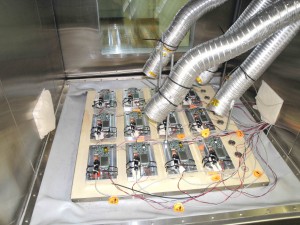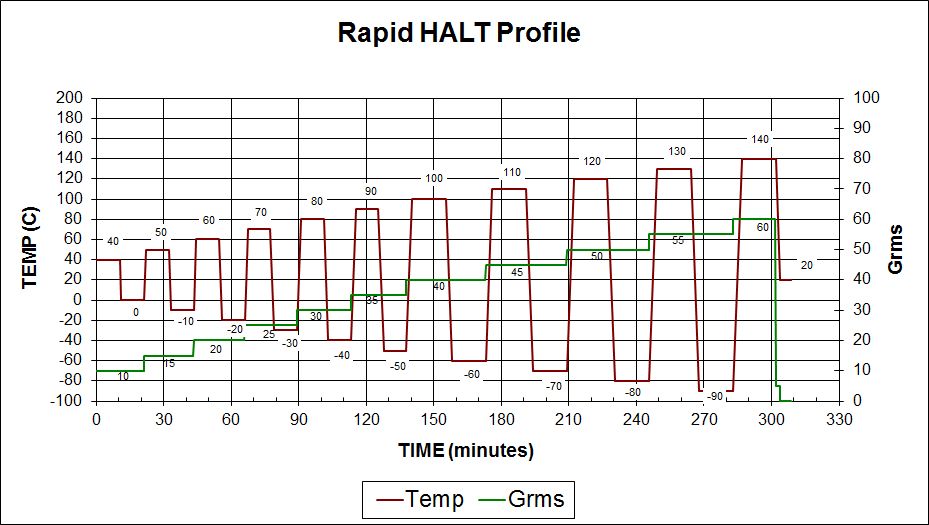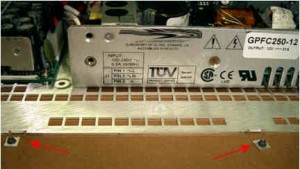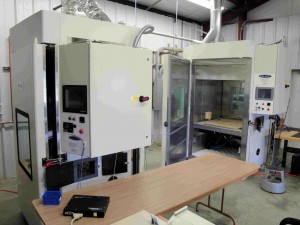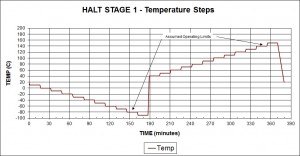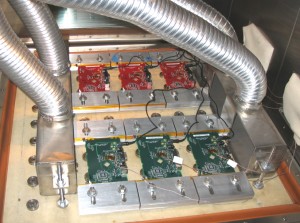
DES president Gary Delserro is featured in an article published in Assembly Magazine on July 9, 2021. Titled “Accelerated Life Testing,” the article discusses different types of manufacturing life testing and quotes Gary with reference to highly accelerated life testing (HALT):
“Companies have reported savings in the millions after using HALT,” claims Delserro. “The test can accelerate a product’s aging process from actual months into test minutes, and it can help you discover weaknesses in your product during the design stage. Combined vibration, temperature and electrical stress variables, as well as internal fluid pressure, are typically used during HALT to induce failures and uncover fault points. By using combinations of loads, we can uncover design or manufacturing process flaws before they reach your customer.”
The entire article can be found on Assembly’s website.
